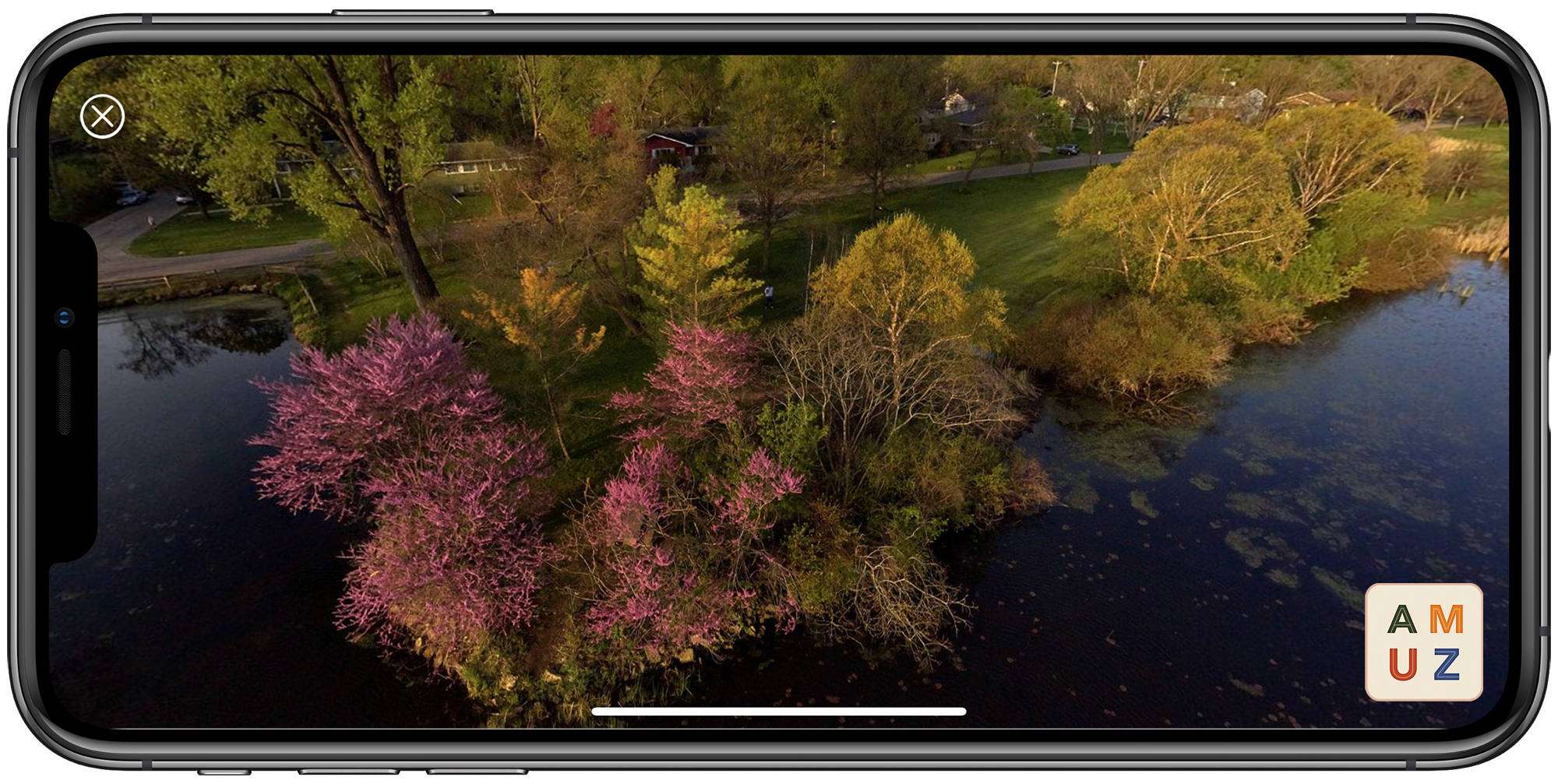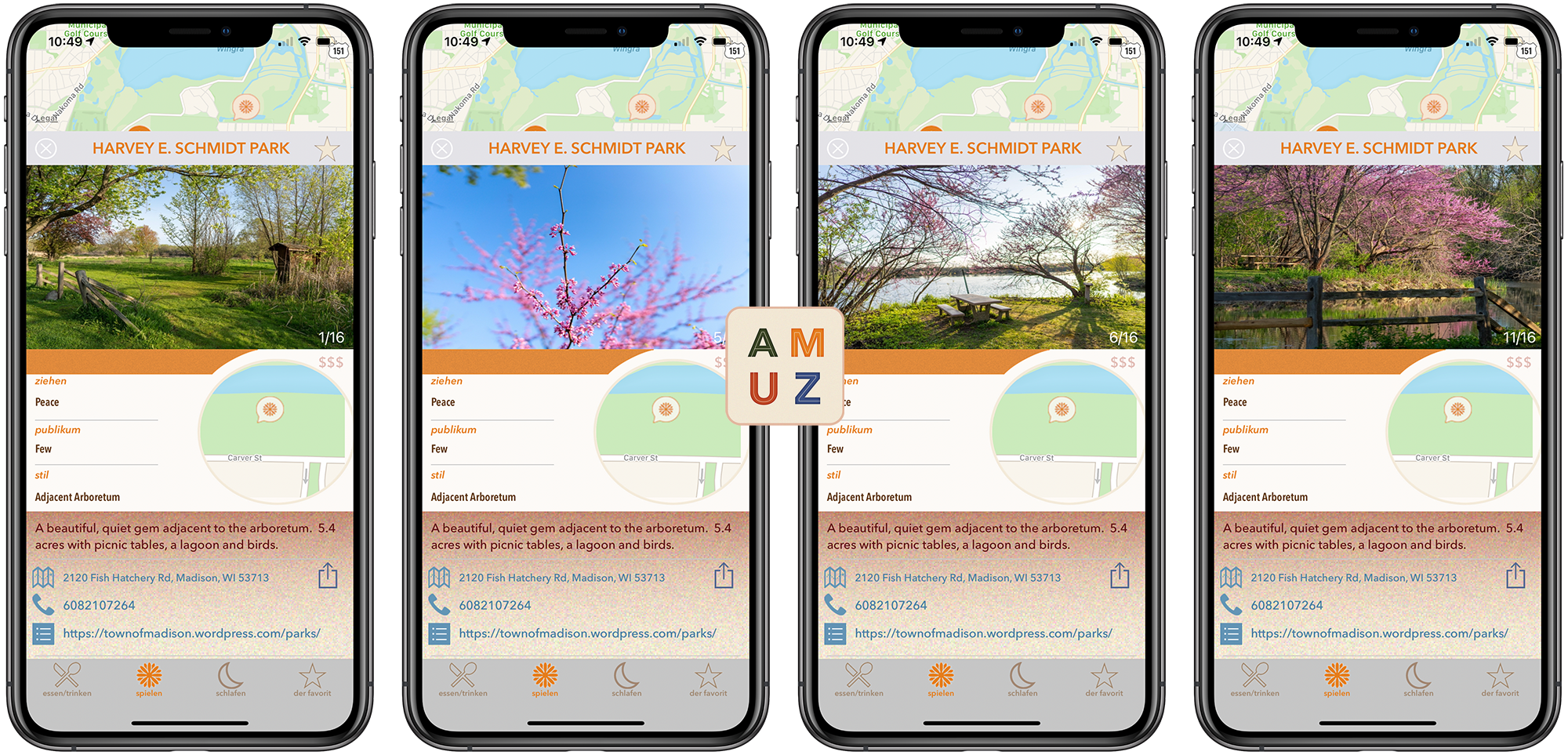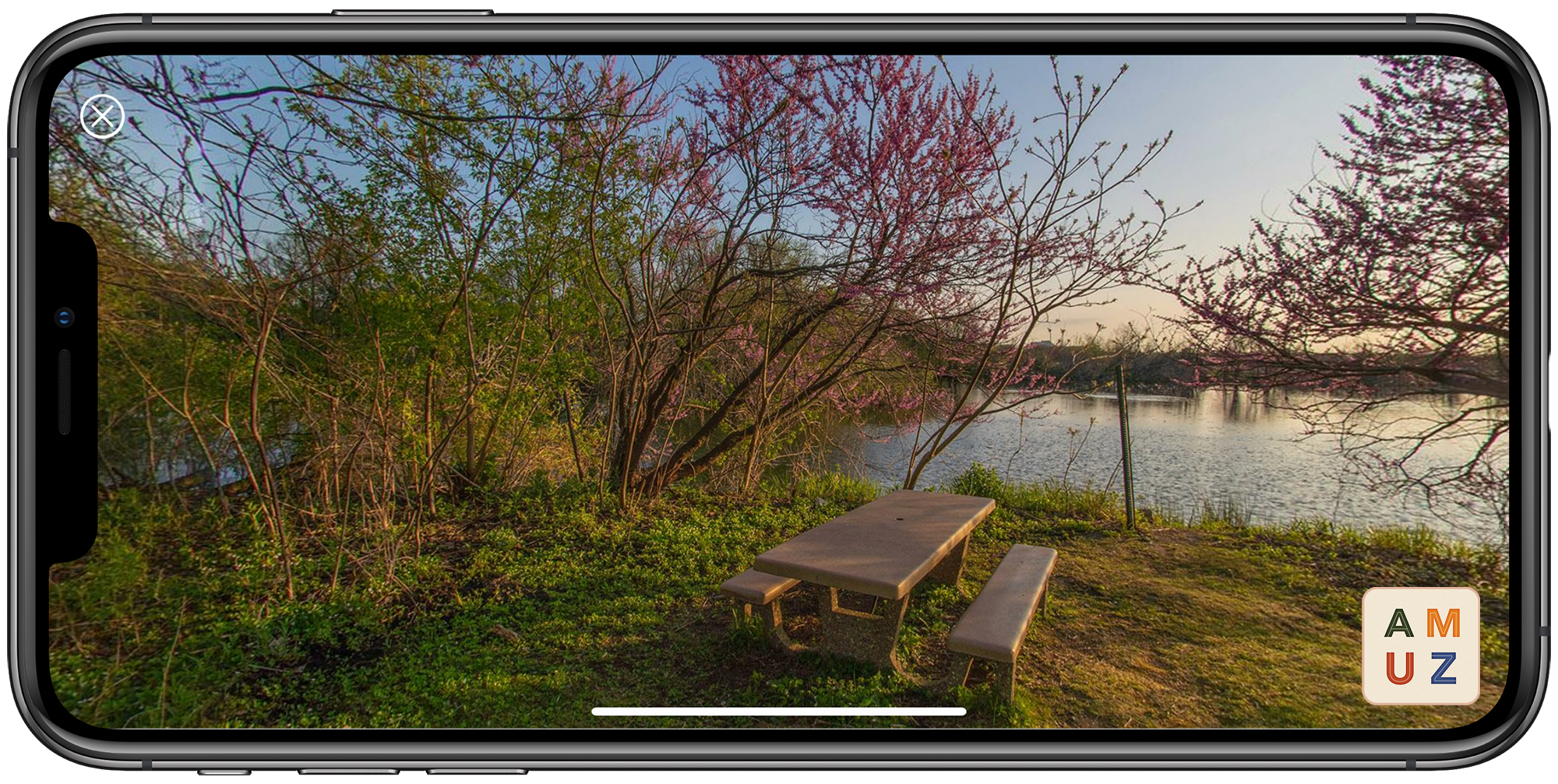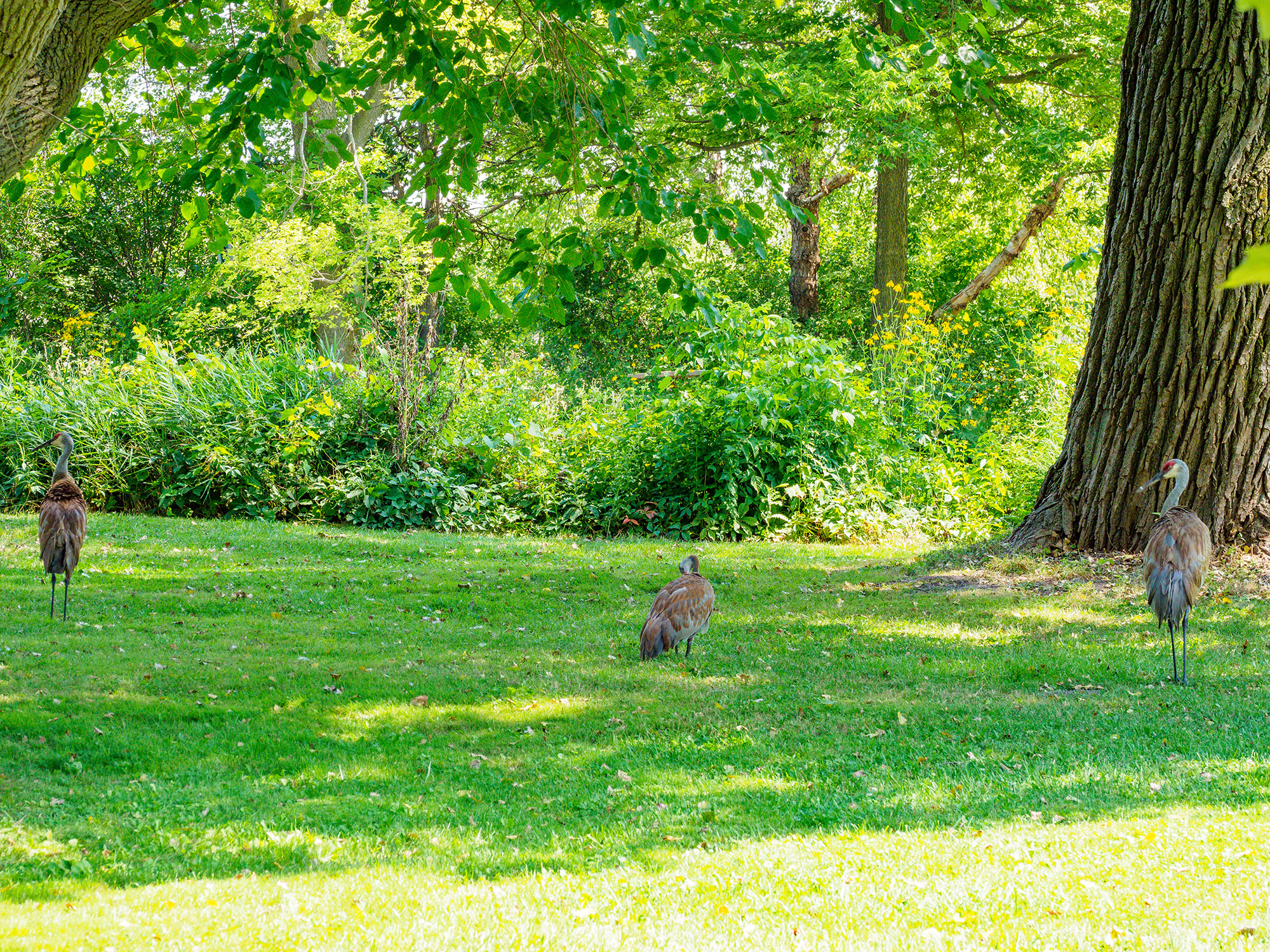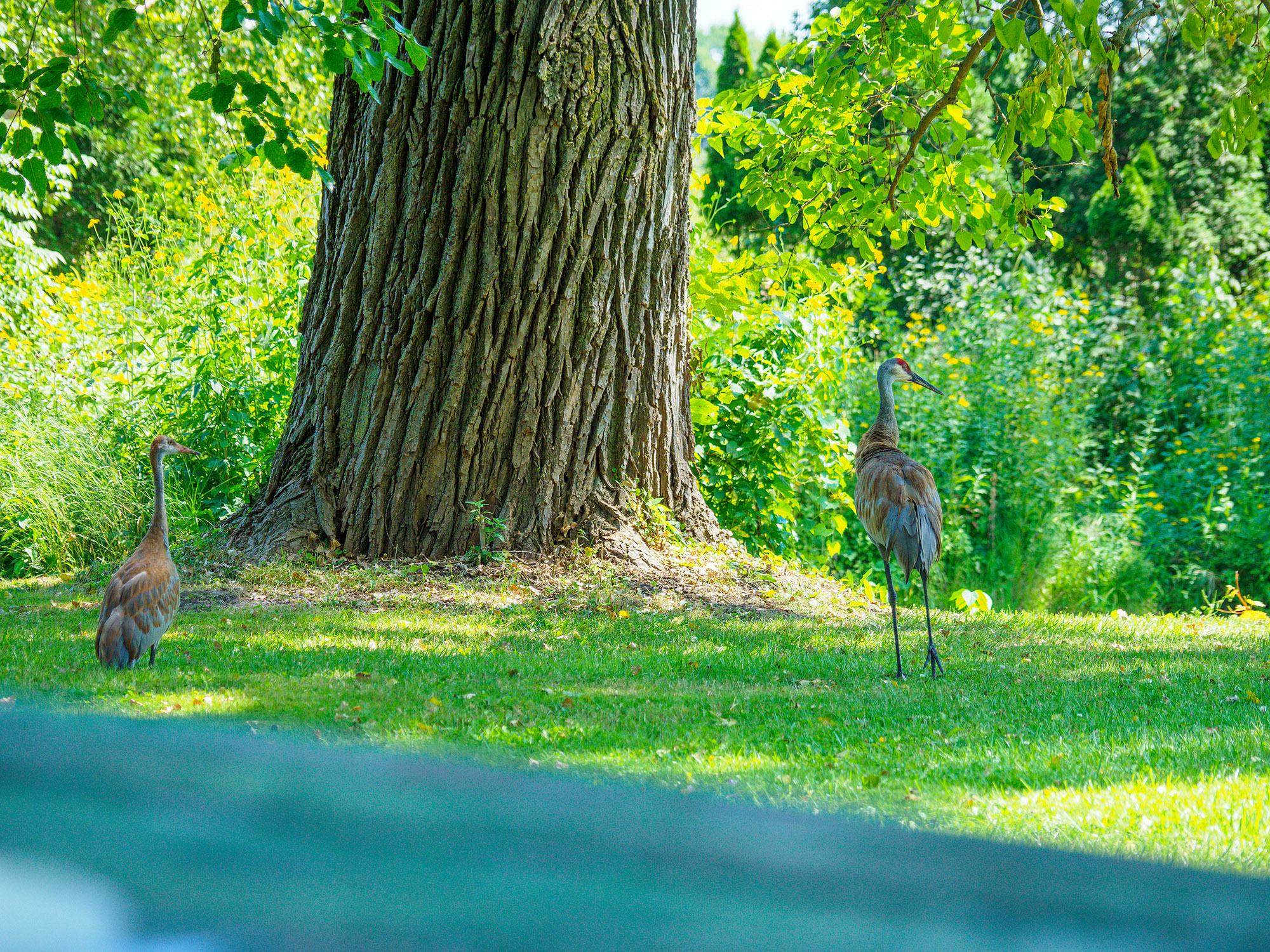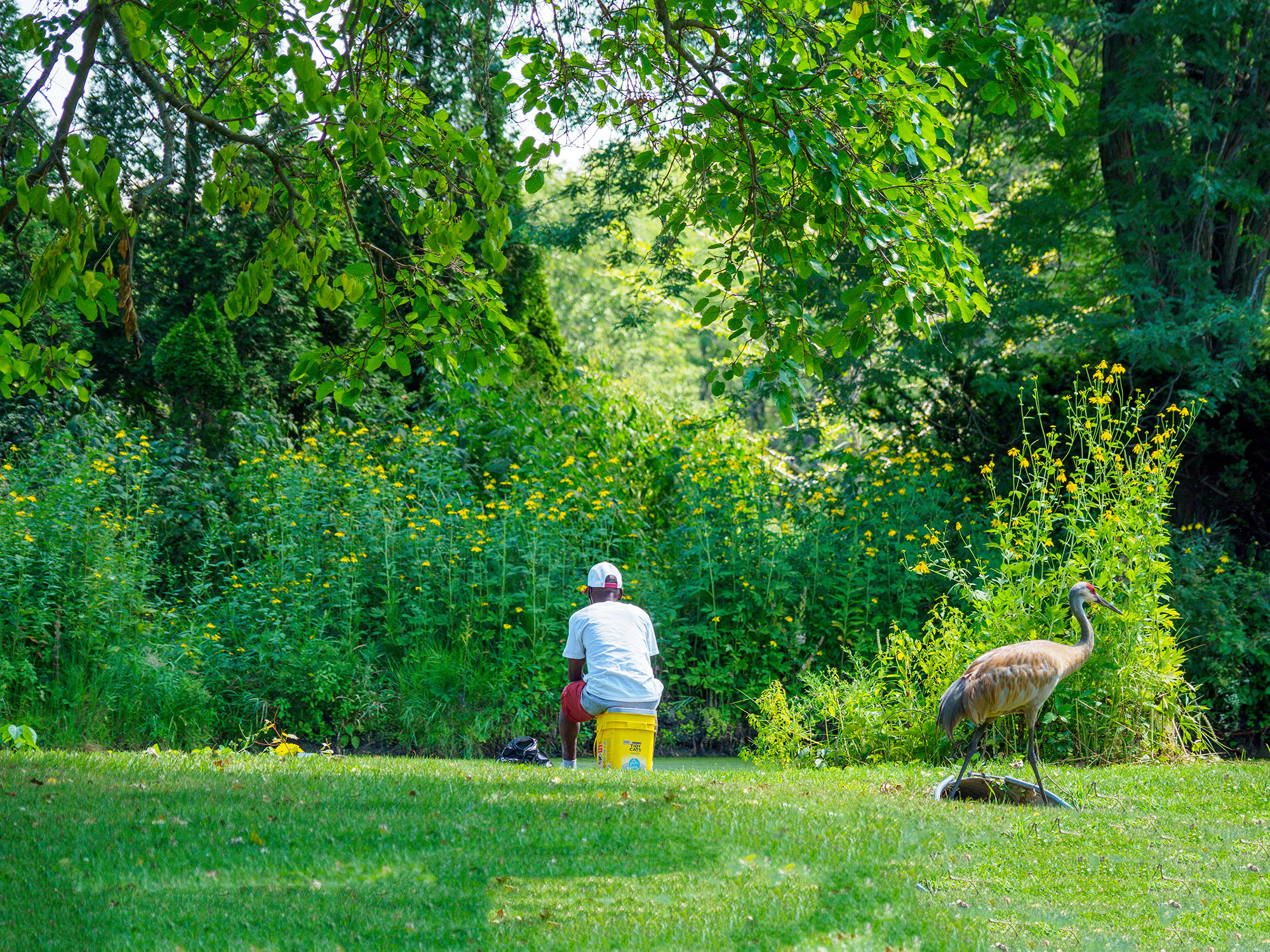“From my standpoint, the marketing is great, but we have to actually convince people,” Entwistle said. “There’s the process, and there’s benefits to doing it, but we’ve got to make that happen because what I’m seeing just socially is people who have lived in New York for a long time are literally giving up their apartments in the city, and they’re moving to the suburbs right now. There’s a mass exodus that can be damaging unless we can turn that around, and when people leave the city, and when companies don’t have their employees coming into buildings, then the revenues start to go down…It’s a big challenge but there’s ways to work through it over time and, again, if you have that ability to draw from other resources, even the government, even the State of New York, for the time being, if there’s a place to access that liquidity to get through this rough patch, everybody will be fine in six or 12 or 24 months, I would imagine. That would be my bet.”
“I think we need to make our cities wonderful places to live,” Butler-Adams added. “They need to be amazing; they need to be free. They need to be gorgeous. You need to open the door and the children charge out. You need to make the people live in it. At the moment, the people are getting out of the city because they’ve been stuck in a tiny flat for three months, and this isn’t the end of the coronavirus…We need to rethink how we live our cities and make them wonderful places to live, vibrant, interesting, artistic and draw people in, draw the young in, draw the talent in and make people feel welcome. Stuffing a city full of metal boxes, stress, anger, air pollution, that’s not the way to have a city. They’re where most of us live. Cities need to be the most beautiful places to live, full of culture and diversity and richness, and that’s what we need to think.”
